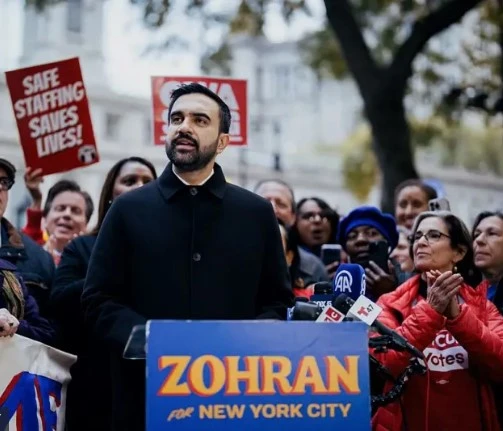◇◇◇◇◇◇◇◇◇◇◇◇◇◇◇◇◇◇◇
From the time the US came to dominate Hawai’i, the sugar industry dominated the islands’ economy.
By 1900, the economy was controlled by the “Big Five” sugar companies: Castle & Cooke, Alexander & Baldwin, C. Brown & Co., American Factors (now Amfac), and Theo J. Davies & Co.
There had been prior efforts to unionize. In 1889, Japanese union organizers were lynched.
Workers went on strike in 1909 and again in 1920, winning some gains, but leaving the fundamental structure intact.
In 1946, sugar workers began to organize through the International Longshoremen’s and Warehousemen’s Union (ILWU, today International Longshore and Warehouse Union).
With a democratic rank-and-file structure and a strong commitment to fighting racism, the union was a good fit.
It also helped that the ILWU had been one of the few institutions on the West Coast to fight against placing Japanese American in concentration camps during World War II.
Early in 1946, the planters brought in 6000 Filipino workers (with 1300 family members), hoping to thwart unity with Japanese workers.
The ILWU sent workers for training at San Francisco’s progressive California Labor School.
On September 1, workers struck 33 of the 34 major farms.
They wanted an 18.5 cent an hour increase to 65 cents; union shop (all workers had to join); contractual seniority rights; and no discrimination against union members.
In addition, they wanted industry-wide housing, medical care and pensions.
They set up their own police force to guard against behavior that could hurt the strike.
There was a committee coordinating music and entertainment, another to organize hunting and fishing for shared food.
The union imported rice from the mainland, and negotiated with landlords to protect against evictions.
Barred from picketing at the farms, the workers held mass rallies and marches instead.
There was a strong emphasis on building multicultural unity. The workers led a successful electoral effort, electing 35 pro-worker candidates to the legislature.
On November 17, they won. Sugar workers gained a 19 cent an hour raise, with a reduced workweek of 46 hours.
Although they won almost all of their demands, they did not gain full union recognition, hampered by the exclusion of agricultural workers from federal labor laws.
Their success led to Hawai’is 20,000 pineapple workers also organizing with the ILWU.
![]()




